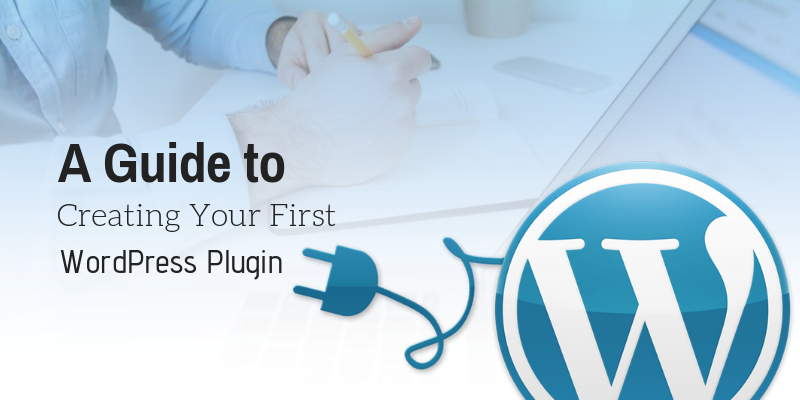
A Guide to Creating Your First WordPress Plugin
WordPress CMS is the most common platform that people use to develop their website or any blogging site. To enhance the features of the site, it is important to add some plugins which are handy tools that allow you to add different types of features to the website easily. But at times, it may be difficult to find a plugin that meets your exact needs and so you have to develop it accordingly with the help of a WordPress plugin development company in India.
Creating a WordPress plugin is, in fact, easier than you may even expect and you can create it with just a few lines of code. For this, you need not to be an expert in WordPress. In this blog, I will discuss with you the basic things that you should consider while developing a WordPress plugin. We will also explain what a plugin is and what you should know to create your very first WP plugin.
What is a WordPress Plugin?
Plugins are great means to extend and add some functionalities that are supported by WordPress. It consists of a small set of features that are core to the platform and plugins are downloadable add-ons that consist of files and codes that help to alter or expand the functionality of that core. Creating small plugins and sidebar widgets will also help the WordPress developers to understand how the backend actually functions. Here are a few things that you should consider.
WP Folder Structure:
A basic idea about the WordPress folder structure will let you know about the basic app directories. You will find a plugin directory inside the wp-content. This is where all the individual plugins are housed. For smaller plugins that need a single .php file, you can place them directly into the plug-ins/directory. But once you start to develop more complicated applications, it is useful to create a subdirectory that is named after your plugin.
Start With a PHP File:
While developing a plugin for your website you will have to start with a simple PHP file. This can be anything that reflects your plugins official name. The first few lines of the plugin should always be comment information for the parsing engine. The name will show up in the Admin backend panel when it is activated and same will be with the URL that will be placed inside the plugin panel.
The Actions and Filters:
Before starting with the raw code, there is another concept that deserves mention. Actions and filters are two different concepts that relate deeply in ways that manipulate the plugin data. These two codes come within the WordPress API as standards. The filters and actions help the plug-in developers to update the codes throughout the WordPress admin panel and this means that you can now add a new tab in the sidebar or any extra setting links for your plugin options.
WordPress 5.0 Beta 3 Is Here! A Look at Its Updates
Add the Final Function to the Plugin:
Finishing up on the path, we will add the final function into the plugin. The API documentation offers an excellent resource for the developers who may have various queries. It is not important for you to understand all the internal variables and functions, but a general understanding of how the functions need to be written would be a good start.
Installing and Running the Plugin:
Once the plugin is developed, you can then test it and install it see how it performs. You have to compress the plugin folder into a ZIP file and then download it to your computer. The zip file then can be uploaded to the live site.
With this, you will have successfully created your plugin for your WordPress site!